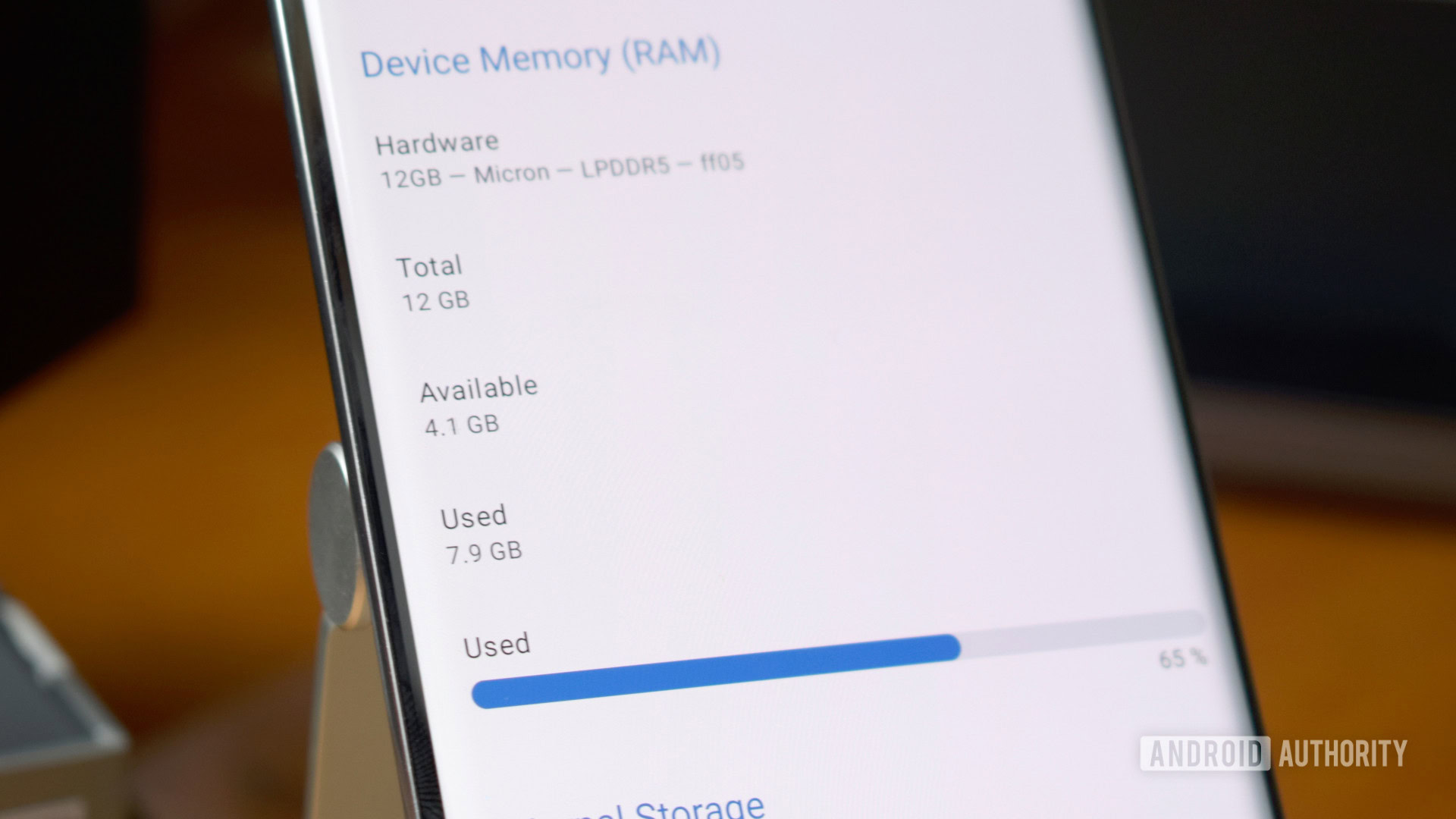
Robert Triggs / Android Authority
“How much RAM does my phone need?” is a question I’ve asked myself numerous times over the past two decades. Our devices power through a memory barrier every few years, whether it’s the breakout of multi-tasking or the more recent advancement in high-end mobile gaming. While 8GB has been sufficient for even the most adventurous multitaskers, the advent of AI in our pockets is pushing that requirement higher. For my next upgrade, I’m eyeballing a phone with at least 12GB RAM and probably even more.
How much RAM will your next smartphone have?
0 votes
Top-of-the-line Android flagships are (mostly) already clear of this margin, but some recent smartphones have been caught out by their lack of memory. Google’s Pixel 8 is perhaps the most well-known example; Gemini Nano for the Pixel 8 and 8a arrived many months later than the 12GB-toting 8 Pro. Even now, you have to jump through Developer settings hoops to unlock features like Recorder Summaries. Perhaps unsurprisingly, the Pixel 9 series is expected to debut with 12-16GB RAM to ensure they can all power next-gen use cases.
Then there’s the iPhone 15 series and Apple Intelligence. The entry-level iPhone 15 and 15 Plus are set to miss out on Apple’s first-generation AI features, reportedly due to their RAM limitations. These models have just 6GB versus 8GB on their larger sibling, though they also run older chipsets than the Pro and Pro Max. But even today’s Pro-level owners might soon find their phones left behind newer models. There’s a clear hardware cutoff for AI capabilities, and even some recent top-dollar flagships don’t make the cut.
Not enough RAM has caused some Apple and Google handsets to miss out on AI.
The reason is that on-device AI is computationally expensive, and not just in the traditional throw more processing power at the problem sense. Although AI can run faster or slower depending on the processor, it can also just not run at all. AI models, even the heavily compressed kind for mobile, require gigabytes of RAM, and that’s before we talk about the gargantuan requirements of generative AI. Unlike apps and games that can stream in assets as required, AI often needs instant access to the entire model, which requires lots and lots of fast memory.
When it comes to my next purchasing decision, AI might not be the first thing on my mind, but future-proofing is always a good idea, especially in this regard. We’re still in the early days of Gemini Nano and Galaxy AI, and even if I’m underwhelmed by their first-gen features, they’re only likely to become more potent and deeply engrained as brands search for points of differentiation in today’s tight markets. AI is here to stay so I might as well make the most of it.
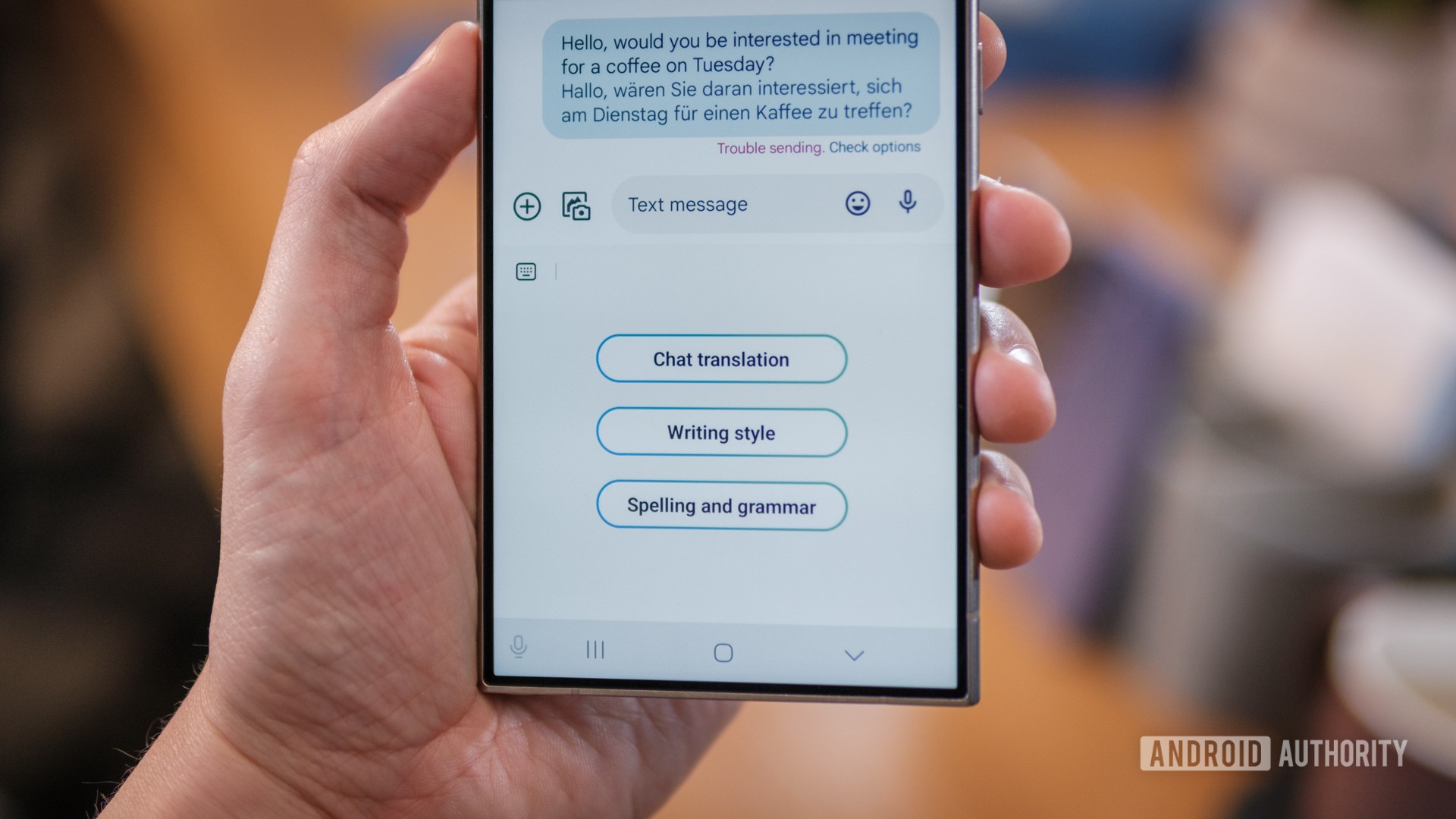
Robert Triggs / Android Authority
Let’s not forget that Apple, Google, Samsung, and others, support their handsets with at least five years of software updates — an awful long time in a quickly evolving AI space. And who knows what those future AI features might look like or what hardware they’ll require; they’re bound to be more impressive than what we’ve seen today. If I want to ensure I get to play with the new toys, I’ll need to pick the right hardware today.
With that in mind, more RAM appears to be better. If I need 8GB as a bare minimum today, we could well be looking at 16GB or even 24GB as a mainstream requirement for cutting-edge AI features in just a few years’ time. A word to the wise, though: be aware of brands (typically from China) touting “virtual RAM” or similar technologies to bulk up those numbers. This is swap space, which is useful for storing unused apps but is not the fast-access memory you need for AI.
RAM is just one piece of the puzzle, but more is better when it comes to future-proofing.
Of course, RAM is just one part of the puzzle, and a walloping 32GB of memory won’t net you AI features on its own. For example, even if Samsung’s affordable Galaxy A35 had more RAM, its low-end processor lacks the required NPU capabilities for any serious on-device AI. And that’s if Samsung wanted to bring Galaxy AI to this price tier just yet, anyway.
Likewise, not every brand has meaningful AI capabilities just yet, despite packing bountiful RAM into their smartphones. OnePlus, Xiaomi, and other Chinese OEMs have been slower out of the gate simply because AI software development is hugely expensive and requires a lot of expertise. So far, they mostly rely on the few Gemini features that Google has rolled out beyond its Pixels. By comparison, Google has been working on Cloud AI for years and is now distilling this down to mobile. Other brands will almost certainly release their own flavors of mobile AI soon enough, even if they leverage third-party tools as Apple has, but you shouldn’t put the cart before the horse and rush out to buy the most RAM you can find without knowing the software foundations are there.
That doesn’t leave us with much choice today; Apple, Google, and Samsung are the three big players in this space. Still, I’d probably wait for next-gen phones like the Google Pixel 9, Samsung Galaxy S25, or Apple iPhone 16 series, where picking a model with plenty of RAM gives me the best chance of staying up to date with the latest mobile features as we see just where this AI journey takes us.
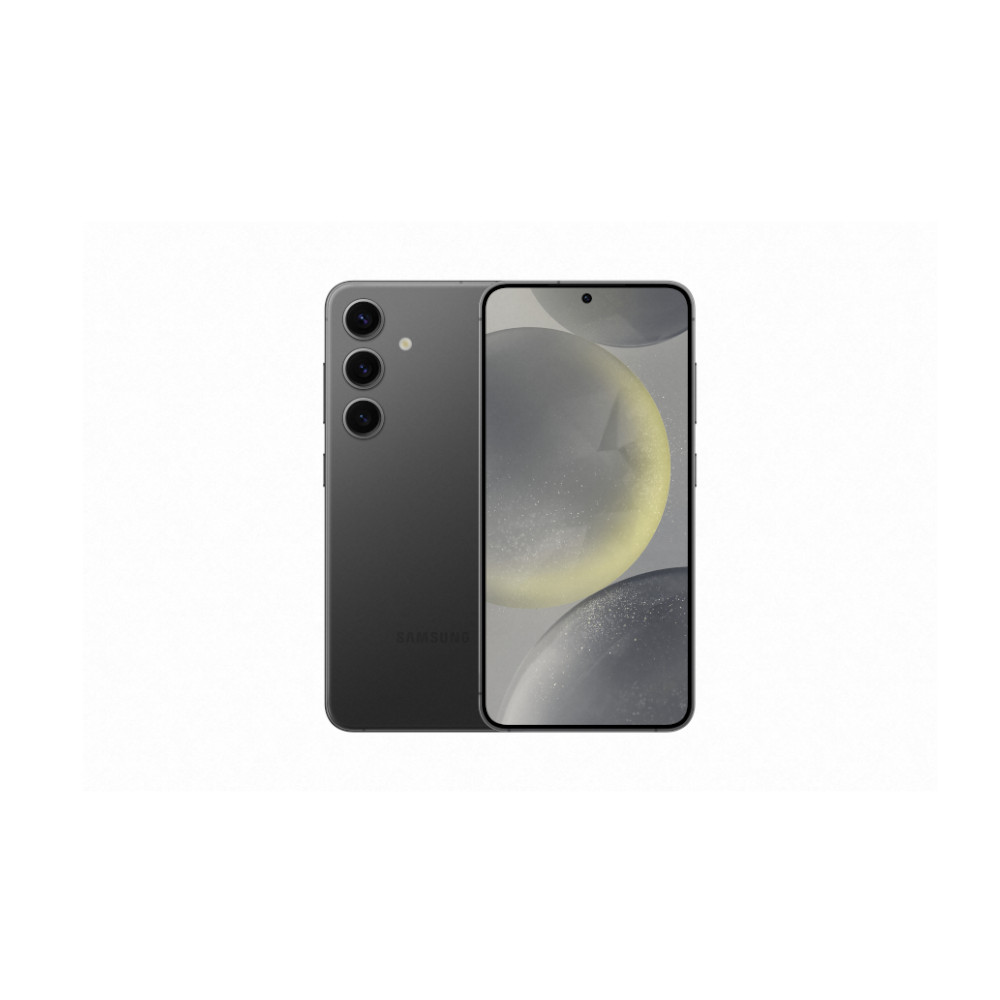
Samsung Galaxy S24
Seven-year update commitment
Neat AI features
Robust battery life
Google Pixel 8 Pro
Excellent cameras
Fun, exclusive Android 14 customizations
Industry-leading update promise

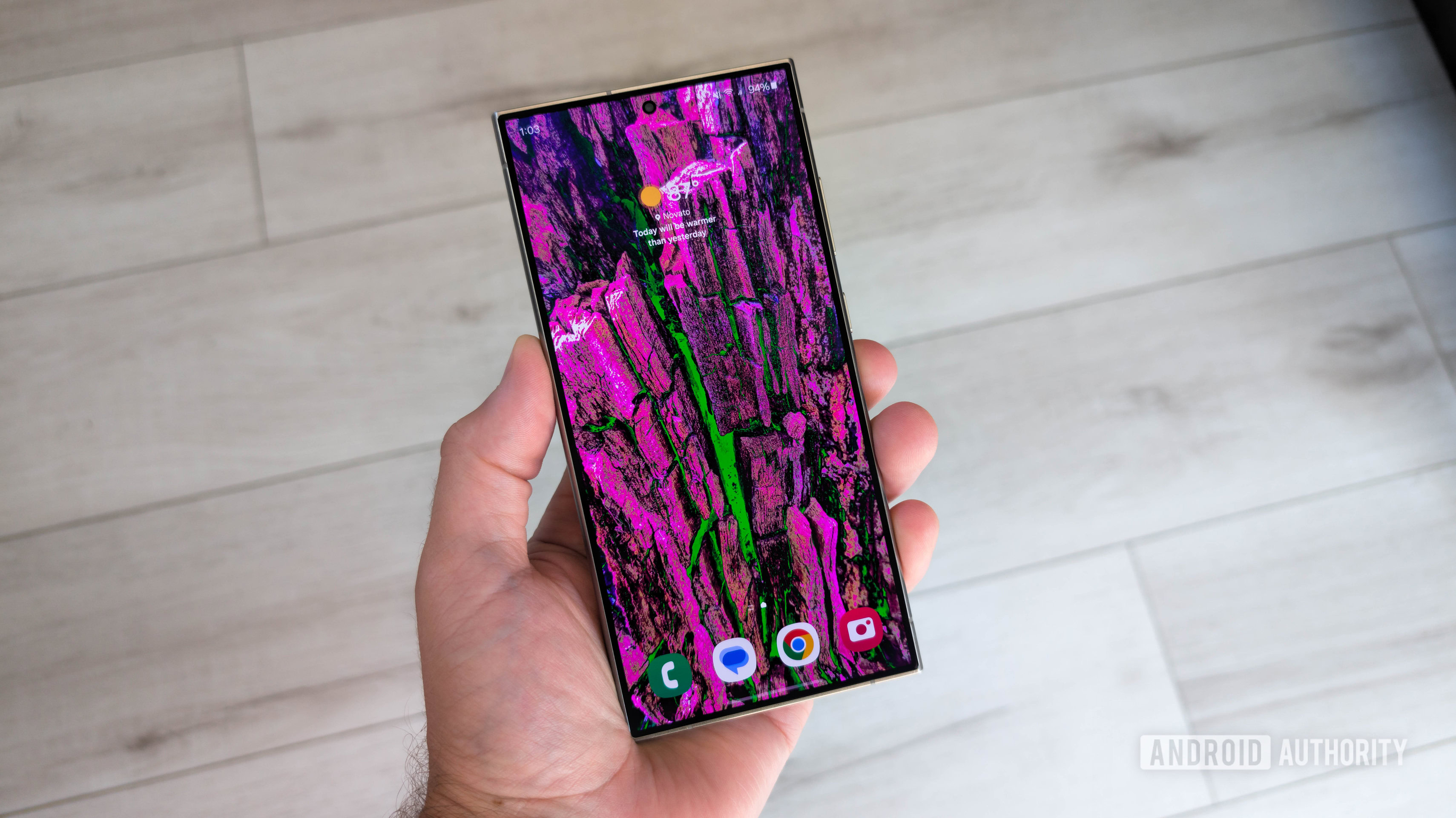
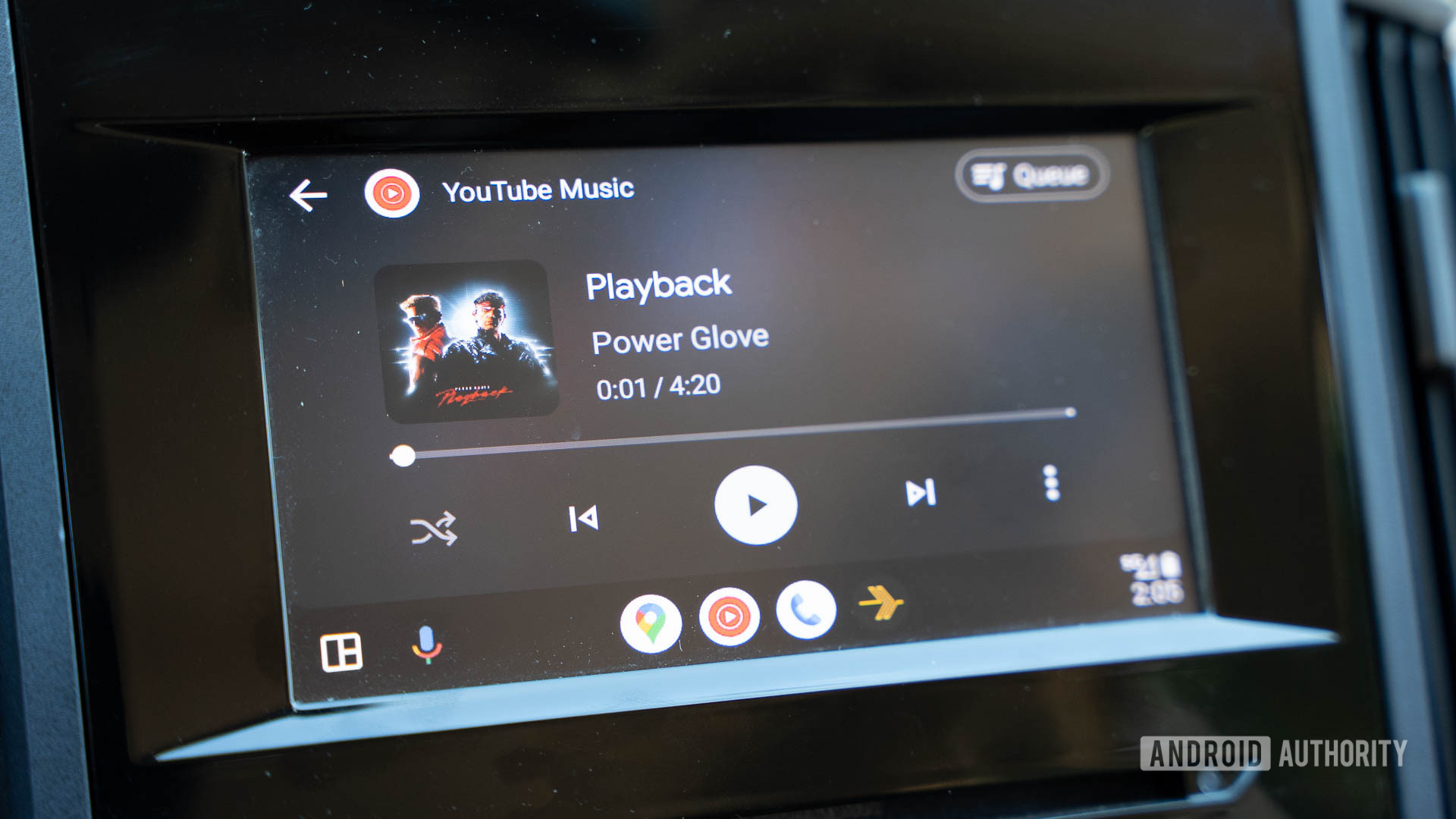




 English (US) ·
English (US) ·